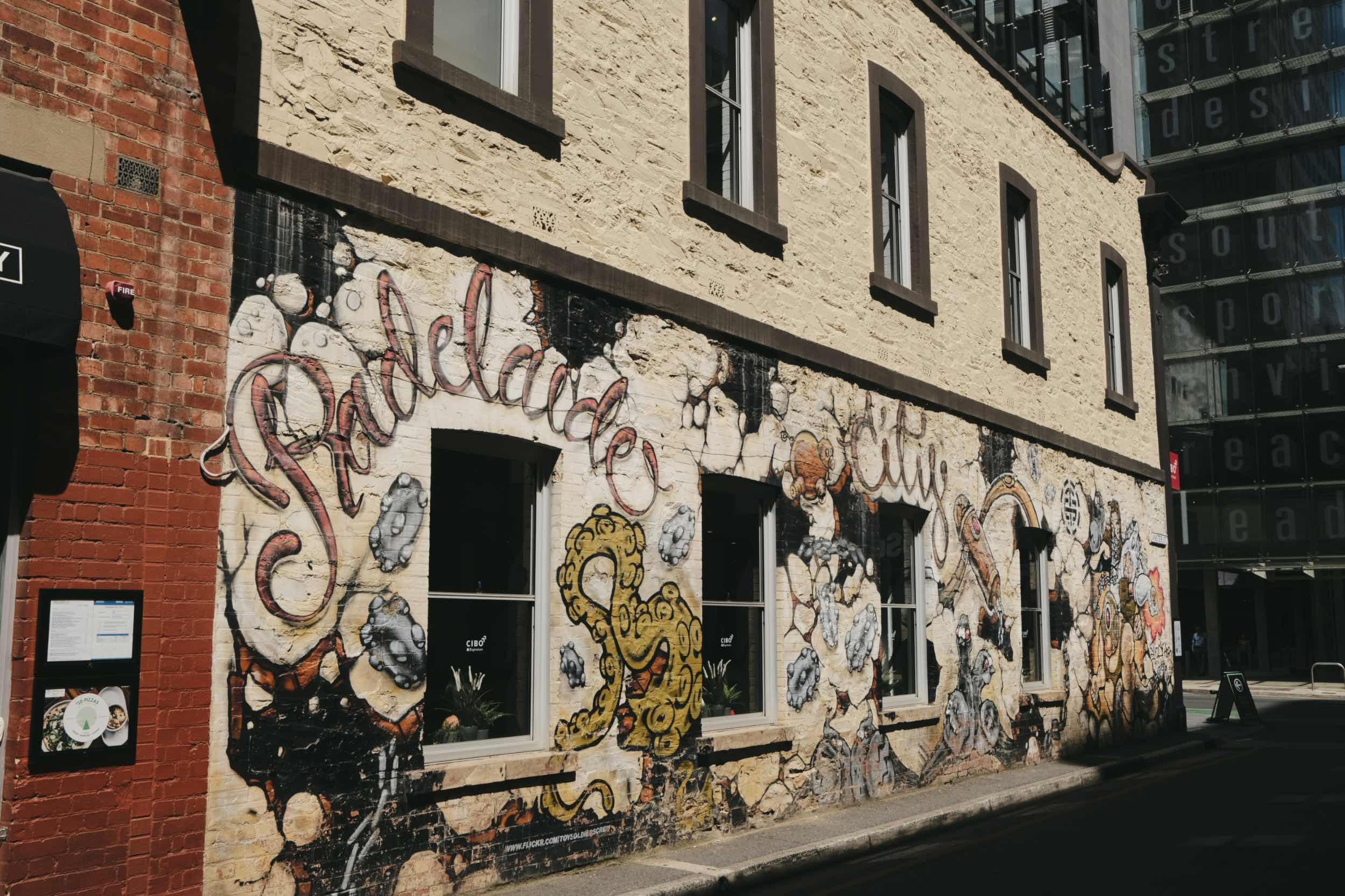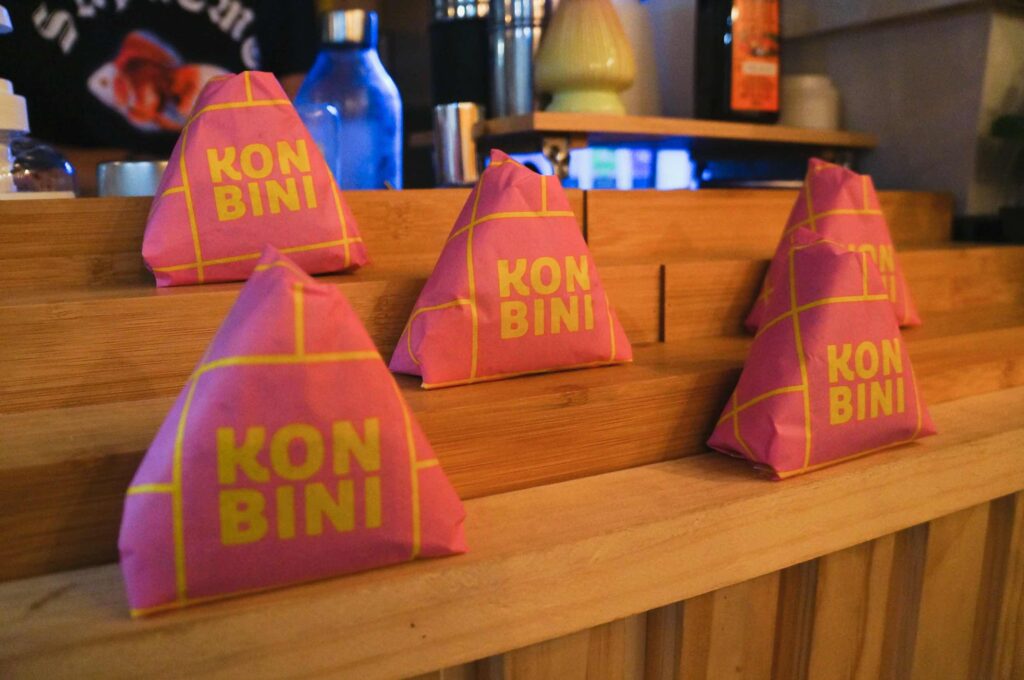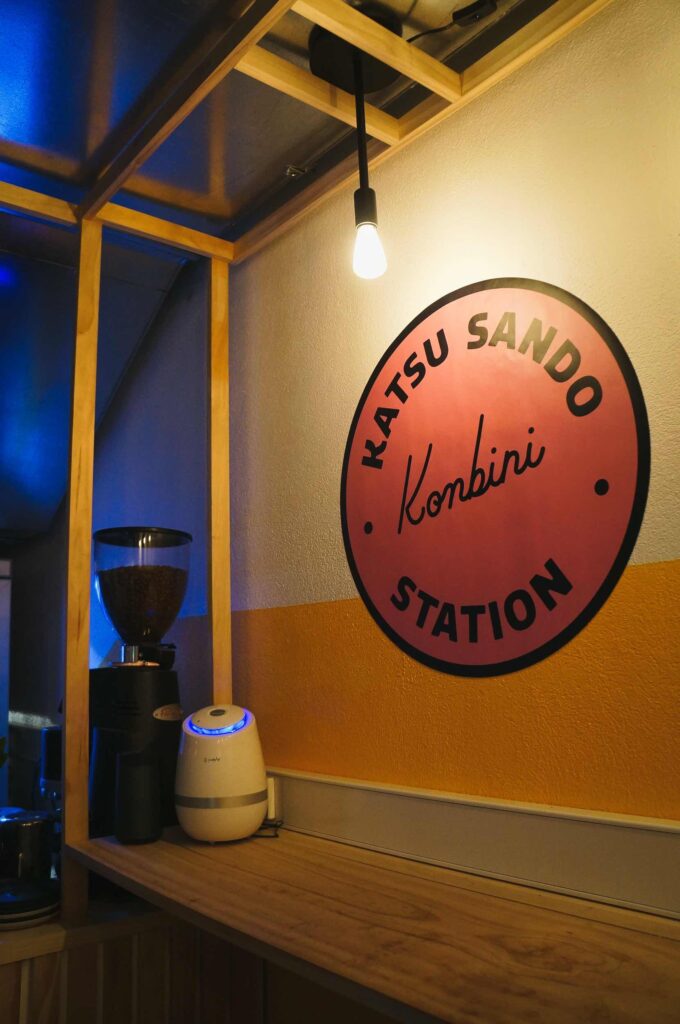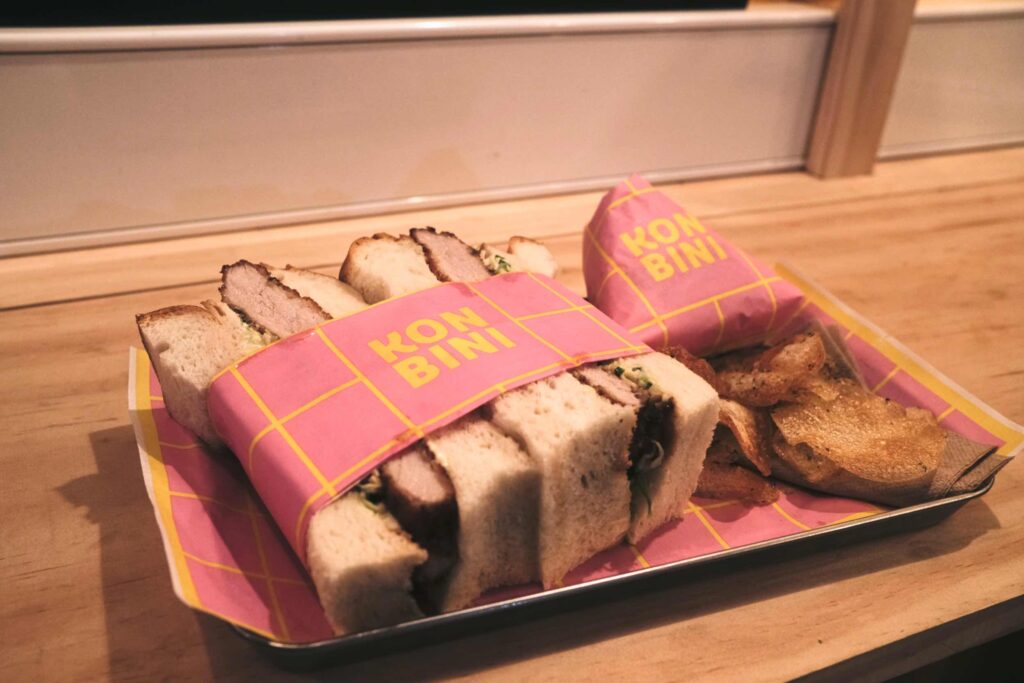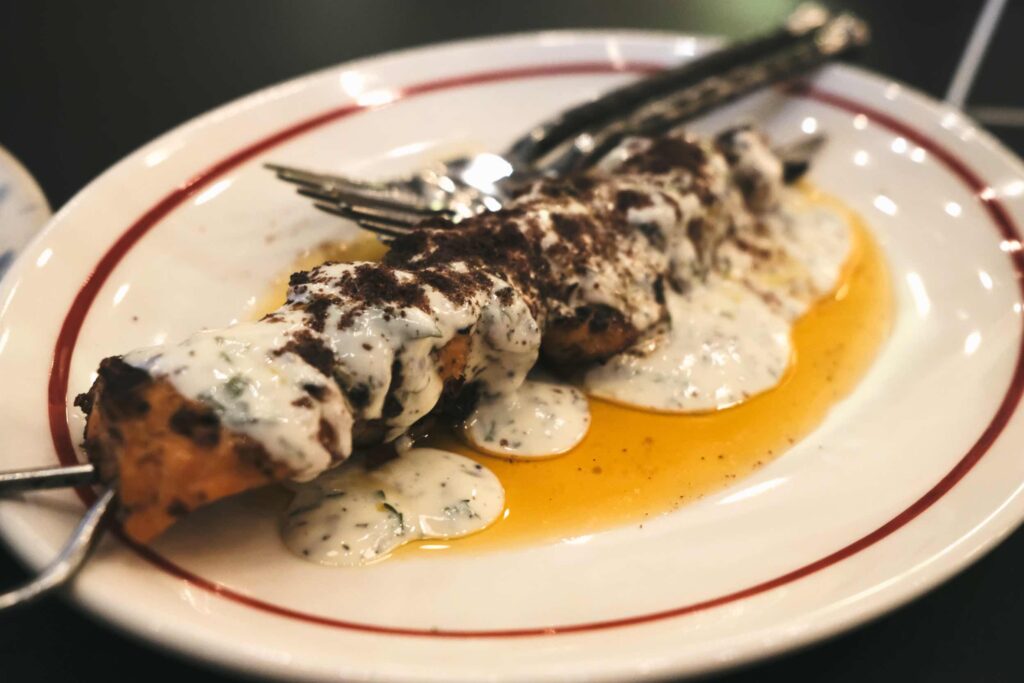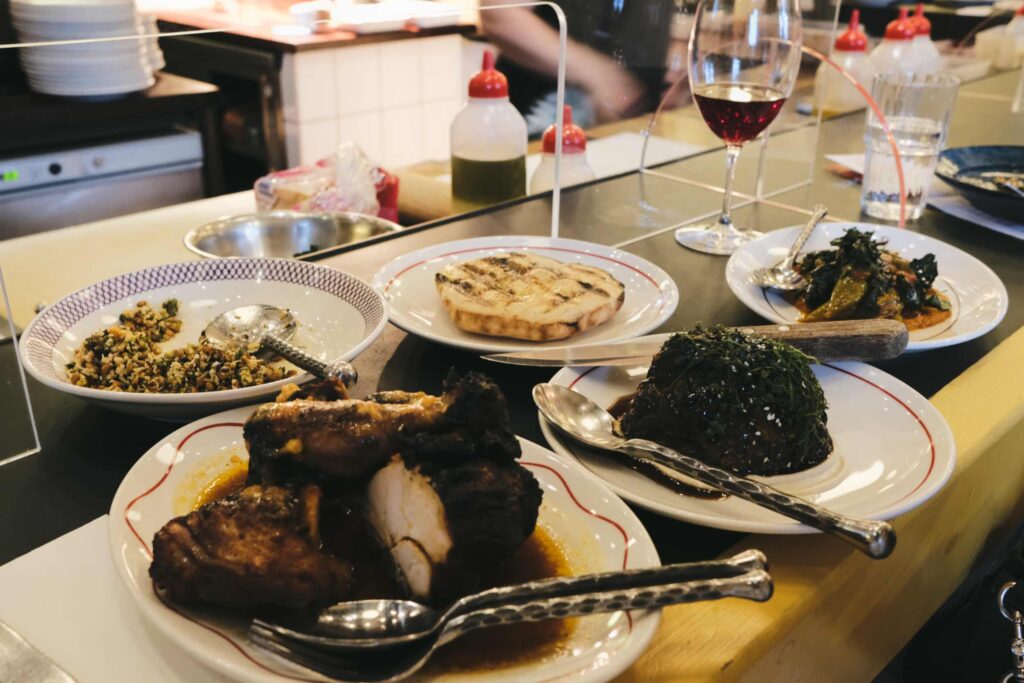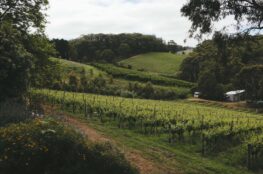Adelaide may be known as the city of churches, but for us it was the city of divine deliciousness. It is unsurprising given Adelaide’s proximity to Australia’s top wine regions – Mclaren Vale, Eden, Clare, Barossa, and its’ namesake – Adelaide Hills, the exciting creative chefs so firmly committed to championing local produce that all out of state fruit and vegetables are banned. The ban is primarily to protect the produce and more importantly the coveted grape vines from pests including the dreaded phylloxera which wiped out a significant proportion of grape vines in the mid to late 19th century, including 40% of France’s vines. We were unaware of this rule until we sadly had to place our New South Wales mangoes and apples in quarantine bins on arrival in South Australia.
We did not lust after our fruit snacks for long following the discovery of Acacia on Henley Beach, a fifteen minute drive from Adelaide Airport. The décor and proximity to the beach oozed 1920s Mediterranean glam while maintaining an edgy modernity with concrete accents and a dining room centered around the coffee bar, complete with V60s galore. The menu was equally as carefully curated with a considered use of native ingredients like Davidson plum, ferments, pickles and cultured dairy in modern Australian cuisine with South American, Basque, and Japanese influences.
We shared a spread of sardines on sourdough with pickled padron peppers and fermented plum butter, creamy scrambled eggs with expertly cooked octopus, pepperberry, saltbush and juicy finger lime pearls, and kimchi greens with coconut. We walked off our breakfast dipping our toes in the turquoise water admiring the seashells, equally as colourful as the buildings lining the Esplanade.
From the beachside Art Deco buildings, we discovered another one of Adelaide’s architectural gems, the neoclassical Railway Station with its iconic Marble Hall, opened in 1928. The Station has been revitalized as a dining destination with high end and low options. Mornings Kombini, a hole in the wall outpost of the nearby Mornings Coffee transports you to a Japanese rail station, which are filled with kombinis – cheap and cheerful snack shops carrying Japanese sweets like Pocky sticks, simple sushi rolls and other goodies often sold out of vending machines. Complete with the essential vending machine, Mornings Kombini makes most things fresh to order including excellent coffee and housemade sodas. We shared a freshly fried tonkatsu sandwich with a crispy fried pork fillet, tangy katsu sauce, kewpie mayo and fluffy snow white sandwich bread with homemade potato crisps. We could not resist yuzu lemonades and onigiri sushi triangles with creamy roast pumpkin and avocado.
Eager to try some local wines, we visited The Noble Gentleman, a laneway bar both industrial with exposed brick walls yet cozy with velvet accents. Fans of Spanish and Italian varietals, we were drawn to SC Pannell’s tempranillo. The bar staff were extremely knowledgeable though we were lucky to be sat next to the winemaker himself who provided the full lowdown. The tempranillo was well balanced with a sophisticated acidity tempering the strong tannin. SC Pannell also make a mean Nebbiolo and Montepulciano in keeping with the Mediterranean theme.
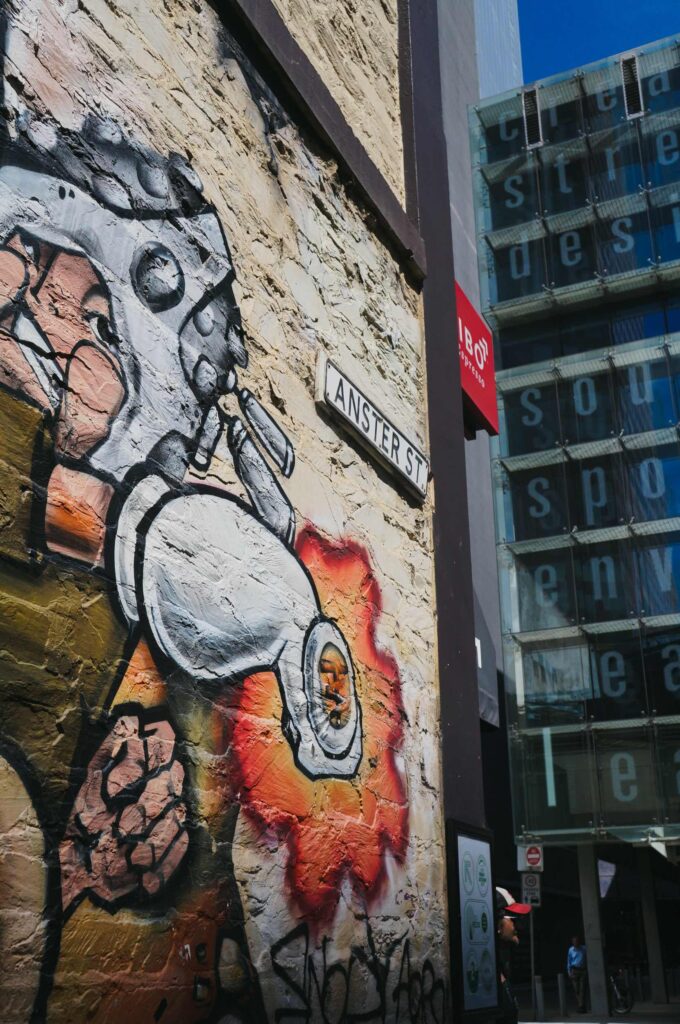
Evening brought us to the eccentric East End’s Africola, a colourful homage to Cape Town with food inspired by South Africa’s brai (barbecue) culture blended with Moorish North African/ Middle Eastern flavours while celebrating the glut of South Australia’s sun drenched produce and seafood. We were ecstatic to sit at the kitchen counter and observe the wide varieties of cooking techniques – roasting in tandoors and wood fired ovens, grilling over coals, deep frying, curing and pickling, eagerly awaiting the next dish in our “Feed Me” degustation. Our feast of kingfish sashimi with fermented pineapple and buckwheat, fried chicken with green chili hot sauce, wood fired cauliflower with tahini and fig agradolce, sprouted lentil tabbouleh salad, braised green beans with peppery romesco sauce, and wood oven roasted peri peri chicken with crispy skin were washed down by fresh juicy low intervention wines made exclusively by Basket Range producers in the Adelaide Hills to pair with Africola’s smoky and spicy accents.
There were too many tasty breakfast options to choose from at Australia’s largest indoor market, The Adelaide Central Market from a myriad of nationalities. We selected Cambodian at The Little Khmer Kitchen. We shared a warming turmeric Khmer fish curry laksa and Cambodia’s answer to porridge – bor bor, a congee with succulent poached chicken and fresh herbs and salted peanuts which took us back to breakfasts sat on a plastic stools roadside with our tuk-tuk driver in Siem Reap.
Adelaide is incredibly compact and easily explored by foot. The grid streets of the CBD are surrounded by a perimeter of greenery, meaning you never feel too claustrophobic in a concrete jungle. A morning jog from the East End brought us to the stunning Botanic Gardens within minutes. The jewel of the Botanic Gardens, the exquisite glass Victorian Palm House was imported from Germany in 1875 and features many plants endangered in their native habitat. Towards the edge of the gardens, the National Wine Centre of Australia provides both tasty and educational activities including a self- guided discovery of the Wine Museum and the opportunity to try over 120 Australian wines from 55 different regions via enomatic servers. Tastes are charged per serve starting at 25 mls making it the ideal place to sample mega premium pours.
Lunch was back in the East End at the Kutchi Deli, a small outpost of the acclaimed Afghan Restaurant, Parwana’s Kitchen. I fell in love with their recipes after cooking their banjaan borani, a gooey braised eggplant and tomato dish topped with zingy yoghurt featured in the Gourmet Traveller magazine. I was equally impressed with their mixed thali platter featuring dahl, ashak fried dumplings stuffed with leeks and spiced chicken curry with fresh salad.
We explored Adelaide’s bar scene, heading through a hidden doorway to Maybe Maes for afternoon cocktails. Their inventive menu features only Australian spirits mixed with homemade shrubs and syrups featuring native ingredients like the Kith and Kim, a fig leaf, apple and almond madeira and bourbon number or a gin, grapefruit, eucalpyt and dirty tonic martini. Drinks are inspired by the South Australian landscape and categorized into drinks of the valley, hills and coast.
Another non-wine drinks highlight was the inspirational brewpub, Sparkke at the Whitmore. Sparkke is Australia’s first fully female founded and run brewery and aims to create fully natural low alcohol session beers packed with both flavor and an ethical conscience. Sparkke are in the process of becoming fully carbon neutral and donate to local charities including bushfire relief. They have a line of beers which each raise awareness and funds for various issues like gender and racial equality, climate change, sustainability, bee preservation and sexual consent. The important work Sparkke are doing does not taint the fun atmosphere with modern elements including a bright hot pink floor, neon signs, painted murals and bright plants against the period features of the 180 year old restored Whitmore Hotel. The beers were very well balanced – nothing too hoppy, too sweet or too sour – and something for every palate.
One thing I love about Adelaide are the many European bistro style wine bars serving food. Leigh Street Wine room has an extensive wine list as exciting as its’ small plates menu featuring housemade charcuterie, fresh pasta like sheeps milk ricotta dumplings with pecorino, tapas style dishes like barbecued broccoli with almond cream and broccoli leaf pesto, substantial meat and fish dishes and a seasonal fruit mille feuille. Wines are predominantly low intervention and international lining the walls above eclectic artwork at the terrazzo style bar under a lofty archway, though there is a good supply of local heros.
After being substantially fed and watered, we headed to the Hills.
